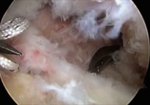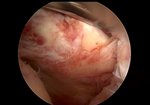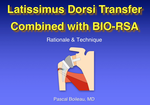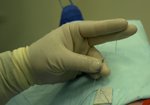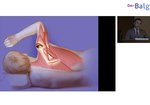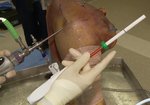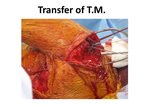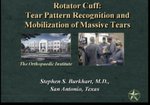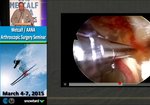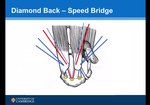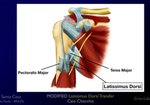
Video Player is loading.
Current Time 0:00
/
Duration 0:00
Loaded: 0%
0:00
Stream Type LIVE
1x
- 0.5x
- 0.75x
- 1x, selected
- 1.25x
- 1.5x
- 1.75x
- 2x
- Chapters
- descriptions off, selected
- captions settings, opens captions settings dialog
- captions off, selected
This is a modal window.
Beginning of dialog window. Escape will cancel and close the window.
End of dialog window.
10 seconds
Playback speed
This is a modal window. This modal can be closed by pressing the Escape key or activating the close button.
Bridging Reconstruction for Massive Rotator Cuff Tear
3,556 views
April 12, 2023
This surgical video demonstrates the bridging reconstruction technique for the reconstruction of a massive rotator ...
read more ↘ cuff tear. Traditional repair techniques may not be effective for these types of tears, as the torn tendons may be too damaged or retracted to be reattached to the bone.
The bridging reconstruction technique involves using a graft material, such as a dermal allograft, to bridge the gap between the torn tendons and the bone. The surgical video will demonstrate the step-by-step process of the bridging reconstruction technique, from preparing the graft material to securing it in place and suturing the torn tendons back onto the bone. The video will also highlight the use of advanced arthroscopic techniques for minimally invasive access and visualization of the shoulder joint.
↖ read less
read more ↘ cuff tear. Traditional repair techniques may not be effective for these types of tears, as the torn tendons may be too damaged or retracted to be reattached to the bone.
The bridging reconstruction technique involves using a graft material, such as a dermal allograft, to bridge the gap between the torn tendons and the bone. The surgical video will demonstrate the step-by-step process of the bridging reconstruction technique, from preparing the graft material to securing it in place and suturing the torn tendons back onto the bone. The video will also highlight the use of advanced arthroscopic techniques for minimally invasive access and visualization of the shoulder joint.
↖ read less
Comments 7
Login to view comments.
Click here to Login


